Quality control, output assurance
By focusing on VietGAP standards, synchronous mechanization, value chain linkage and digital transformation, Tam Hung commune has been affirming a sustainable direction, not only increasing people's income but also protecting the environment and promoting comprehensive socio -economic development.
In recent years, Tam Hung has achieved many outstanding achievements in the field of agriculture . The commune has built a specialized area for high-quality rice cultivation with an area of over 1,000 hectares, of which 275 hectares have been converted to organic and produced according to VietGAP processes. A special feature is that the mechanization rate in land preparation and harvesting has reached almost absolute levels, 100% and 99% respectively. This not only helps reduce production costs but also improves the quality and productivity of agricultural products.
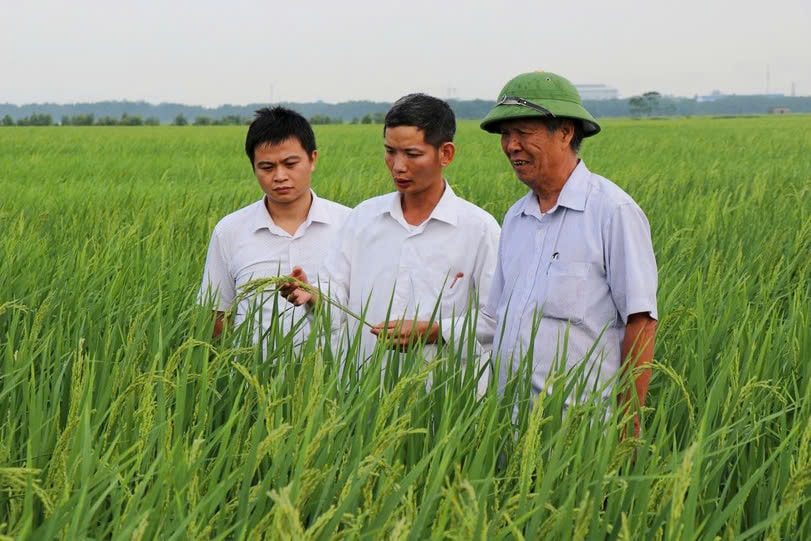
The most important focus in Tam Hung's development strategy is to build a closed chain from production to consumption. Tam Hung Agricultural Cooperative has become the link between farmers and large enterprises such as Bao Minh Agricultural Processing Joint Stock Company and Central Seed Company. Signing these linkage contracts not only helps control the quality of agricultural products according to safety standards but also ensures stable output, increasing the value of local rice.
In the context of the 4.0 industrial revolution, Tam Hung commune has identified digital transformation as a key task. Information technology infrastructure has been invested in a systematic manner, digital applications have been put into service of the people and local administration. The One Commune One Product (OCOP) program is also closely linked with digital transformation. Currently, the commune has 11 OCOP products that meet 3 to 4 star standards, reflecting the capacity to organize production and progress in standardizing and branding agricultural products.
In addition, the commune also focuses on raising public awareness of environmental protection. Measures such as sorting household waste at source and not burning straw after harvest are implemented synchronously, contributing to reducing emissions and improving air quality. These are important links in building an environmentally friendly agriculture.
Orientation for sustainable development
According to the Resolution of the Commune Party Congress for the term 2025 - 2030, Tam Hung aims to consolidate the high-quality rice cultivation area towards standardizing food hygiene and safety, expanding production models according to VietGAP and organic standards. At the same time, the commune continues to promote links between cooperatives and enterprises to form a stable value chain, enhancing the competitiveness of agricultural products.
In the field of natural resources and environmental management, the commune strictly implements the annual land use planning process, ensuring transparency in site clearance. Along with that, activities to mobilize people to participate in protecting the production and living environment are promoted, creating a foundation for sustainable development.
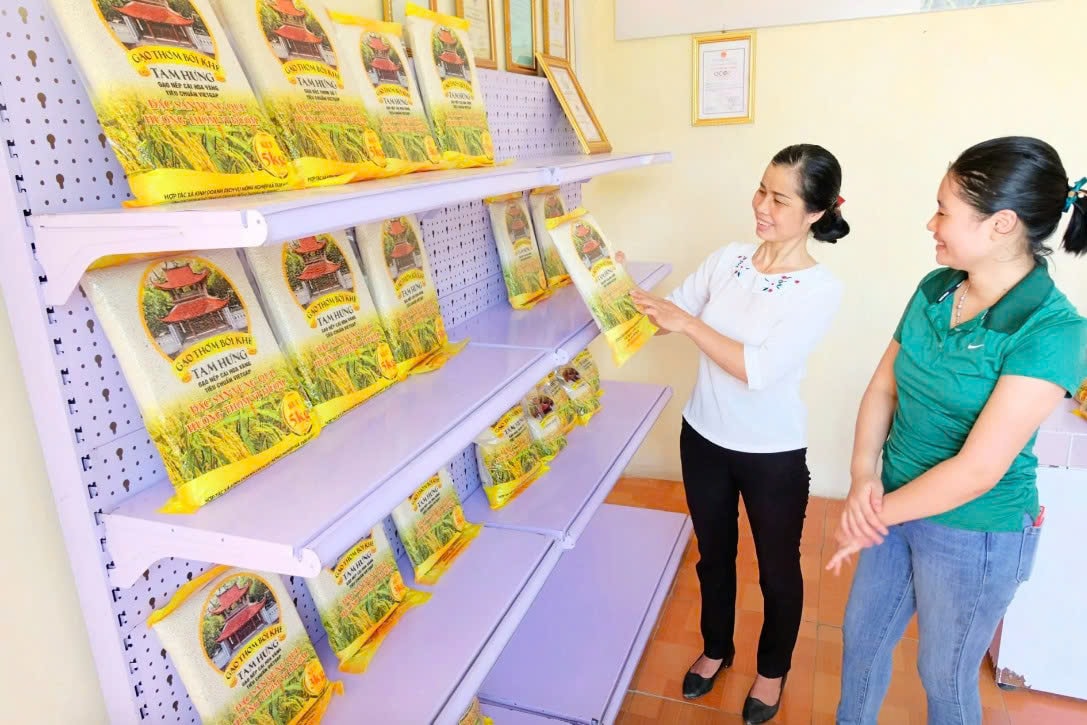
Not only stopping at agriculture, Tam Hung commune also exploits cultural and tourism potential to diversify people's livelihoods. In the commune, there is a special national relic Boi Khe pagoda along with many traditional craft villages and unique cultural festivals. Combining heritage conservation with ecological agricultural experiences not only attracts tourists but also expands opportunities to consume local agricultural products. This is also an effective way to promote the Boi Khe fragrant rice brand and local OCOP products.
According to the Hanoi Agricultural Extension Center, Hanoi's current rice growing area is about 150,000 hectares, with rice consumption of about 1.1 million tons/year. The structure of rice varieties is developing in the direction of increasing the area of high-quality rice, using 90% of short-term varieties. Up to now, Hanoi has formed more than 226 concentrated rice production areas; in particular, the city has built 16 commercial rice production areas according to export standards in 16 communes, helping productivity and economic efficiency increase by 10-15% compared to traditional farming.
Currently, the city has 10 enterprises licensed by the Ministry of Industry and Trade to export rice. Hanoi's rice export turnover reaches 645 million USD/year, accounting for 3.7% of the city's total export turnover. This shows a clear shift in the orientation of developing commodity agriculture according to the value chain and international market.
(Article in collaboration with Hanoi Department of Agriculture and Environment)
Source: https://daibieunhandan.vn/xay-dung-chuoi-lien-ket-khep-kin-phat-trien-nong-nghiep-sinh-thai-10393443.html



![[Photo] Prime Minister Pham Minh Chinh chaired a meeting to discuss solutions to overcome the consequences of floods in the central provinces.](https://vphoto.vietnam.vn/thumb/1200x675/vietnam/resource/IMAGE/2025/10/29/1761716305524_dsc-7735-jpg.webp)
![[Photo] Flooding on the right side of the gate, entrance to Hue Citadel](https://vphoto.vietnam.vn/thumb/1200x675/vietnam/resource/IMAGE/2025/10/28/1761660788143_ndo_br_gen-h-z7165069467254-74c71c36d0cb396744b678cec80552f0-2-jpg.webp)

![[Photo] National Assembly Chairman Tran Thanh Man received a delegation of the Social Democratic Party of Germany](https://vphoto.vietnam.vn/thumb/1200x675/vietnam/resource/IMAGE/2025/10/28/1761652150406_ndo_br_cover-3345-jpg.webp)

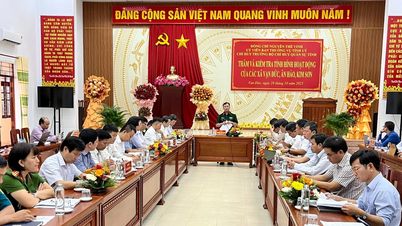

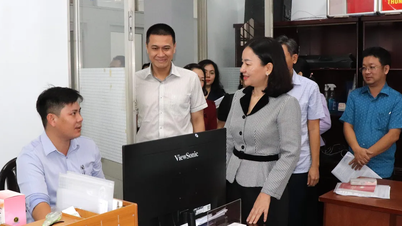

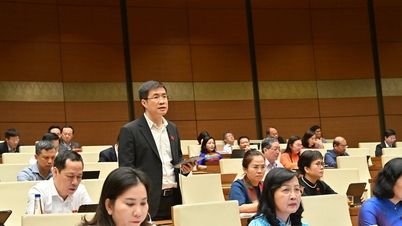
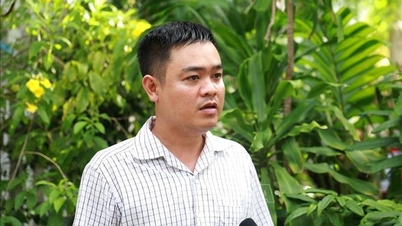

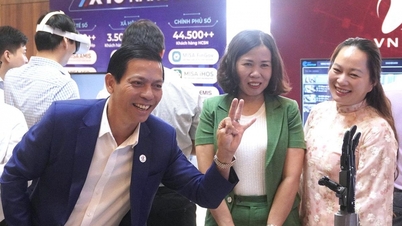

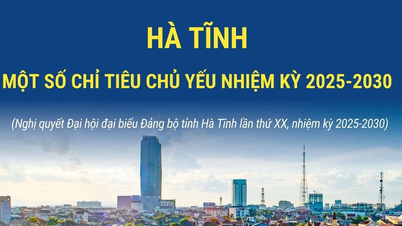

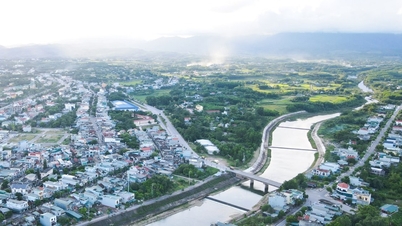
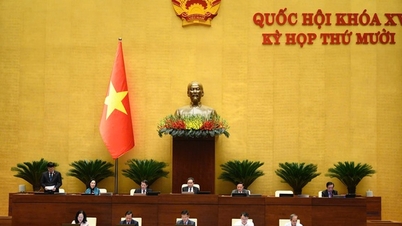

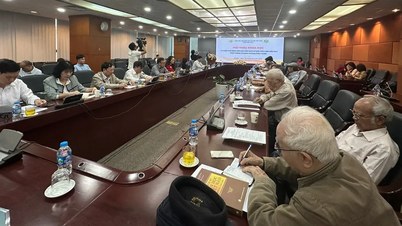
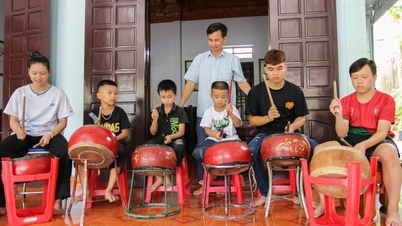

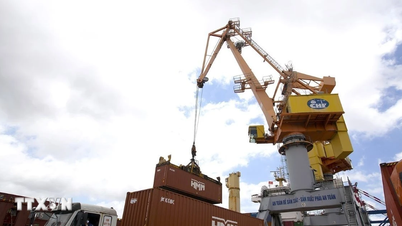
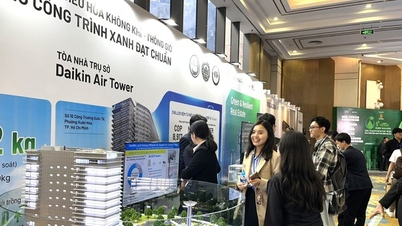




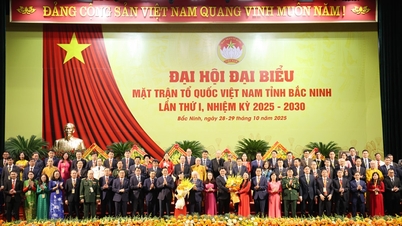
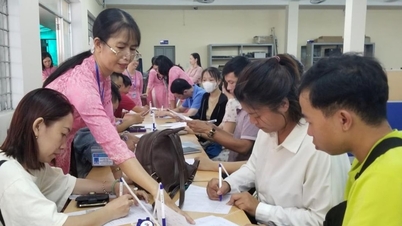
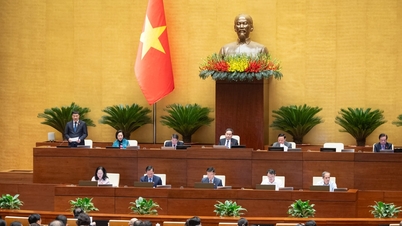
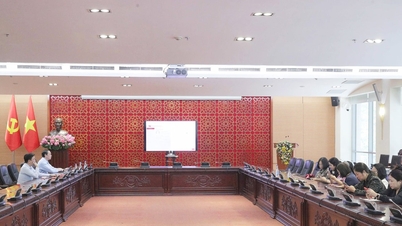
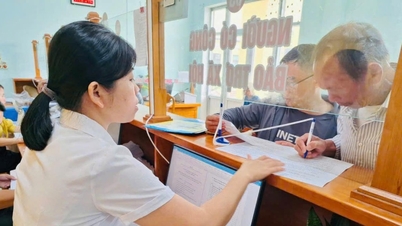
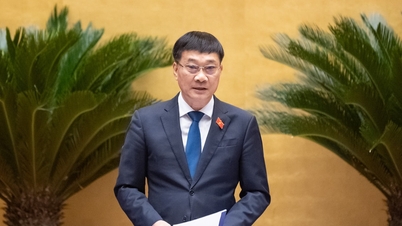
![[Photo] Draft documents of the 14th Party Congress reach people at the Commune Cultural Post Offices](https://vphoto.vietnam.vn/thumb/1200x675/vietnam/resource/IMAGE/2025/10/28/1761642182616_du-thao-tai-tinh-hung-yen-4070-5235-jpg.webp)


















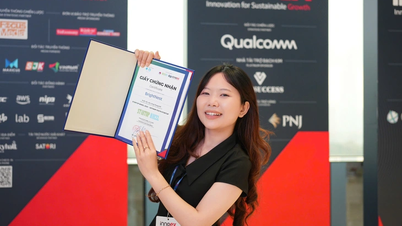
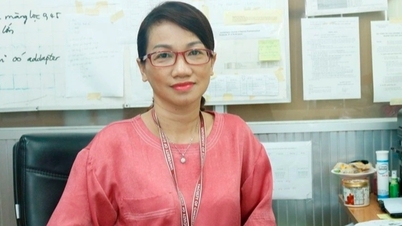















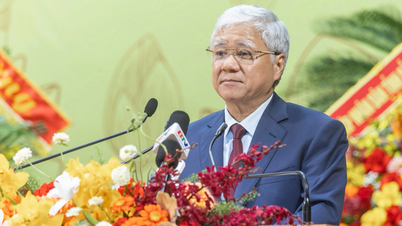
![[Infographic] Vietnam's socio-economic situation in 5 years 2021-2025: Impressive numbers](https://vphoto.vietnam.vn/thumb/402x226/vietnam/resource/IMAGE/2025/10/29/1761730747150_anh-man-hinh-2025-10-29-luc-16-38-55.png)


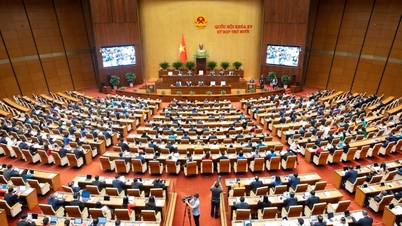
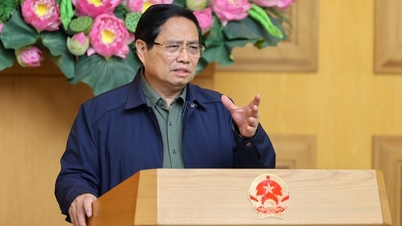
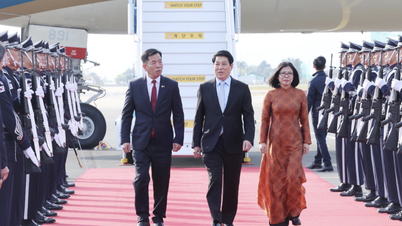


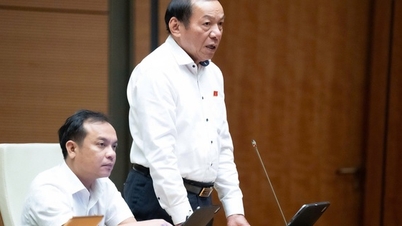
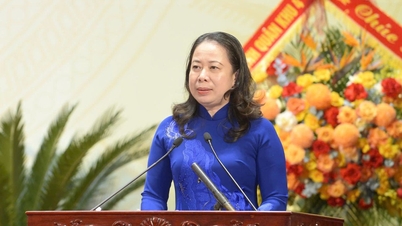

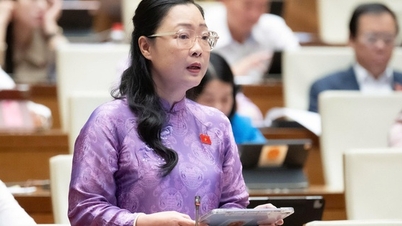
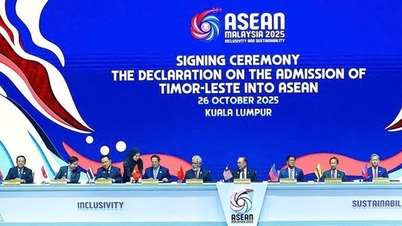
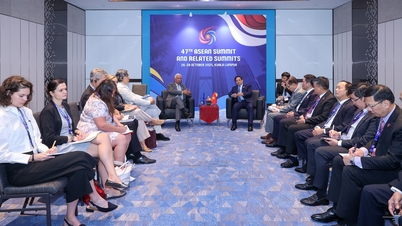

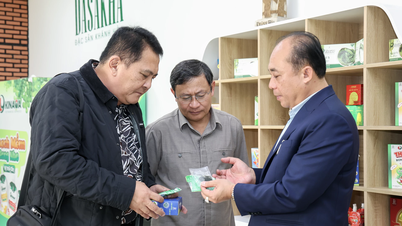

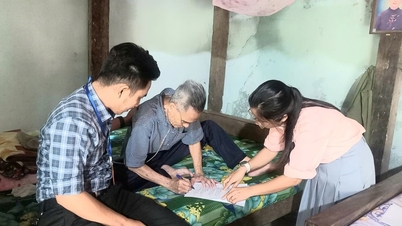

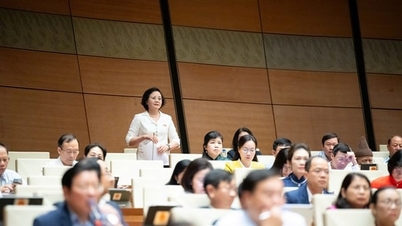

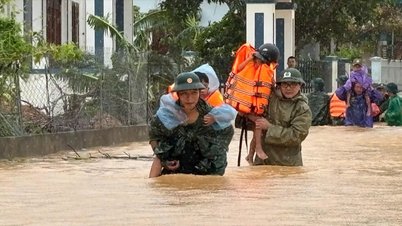
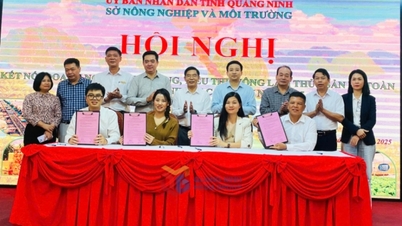

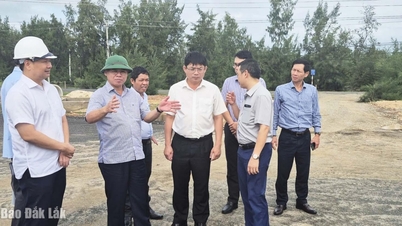











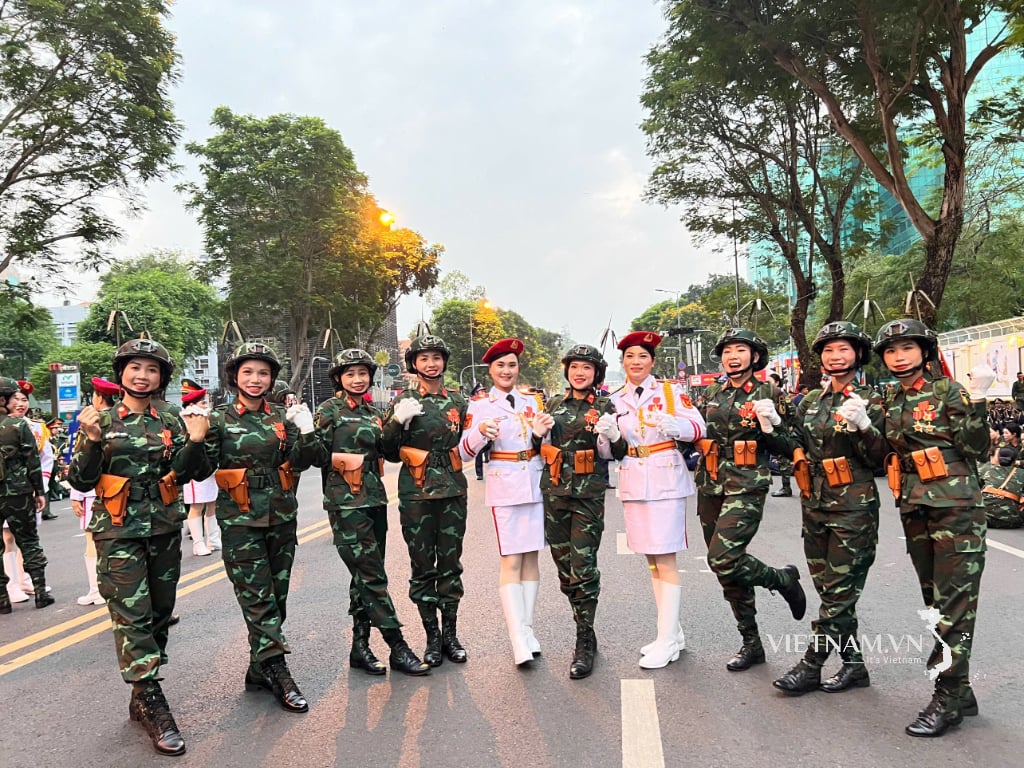


Comment (0)